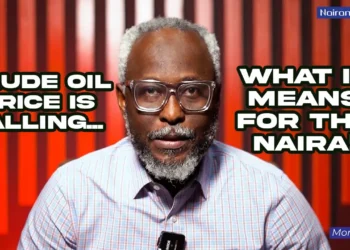Crude oil prices dropped below the $40/barrel at Asia’s trading session. The price slide was triggered by the surge in COVID-19 caseloads globally and the U.S dollar gaining strength.
At the time this report was drafted, Brent crude futures were down by 0.65% trading at $39.52 falling below $40 a barrel for the first time since June. West Texas Intermediate Crude lost about 0.73% to trade at $36.49 per barrel.
READ: Six largest tech stocks by market value lose more than $1 trillion in 3 days
COVID-19 caseloads continue to rise in many parts of the U.S, larger parts of Europe, and India where the infection rates has not been capped, in spite of restrictions observed in the affected geopolitical zones. The number of global cases as now approached 27.5 million as of September 9, according to Johns Hopkins University data.
The COVID-19 onslaught has faded the hopes of oil traders envisaging a quick economic recovery that would fuel demand for gasoline and other oil derivatives.
READ: GDP: Expert speculates when economy will recover
In an explanatory note to Nairametrics, Stephen Innes, Chief Global Market Strategist at AxiCorp, spoke on the fundamentals keeping the price of crude below the $40/barrel. He said;
“There is not one specific fundamental factor that would correctly explain the oil-price meltdown. Instead, it’s a composition of negativity compounded by a general lack of confidence in the recovery.
“The US dollar has rallied, and that is providing a negative feedback loop.
READ: Crude oil prices record gains, as Iraq pledges to curb crude oil production
“China has considerably slowed buying – the shopping splurge at rock bottom prices filled up its physical reserves, causing a backlog of tankers at its ports.
“Regardless of how deeply Saudi Aramco slashes the official selling price (OSP), with no room in storage tanks, “price elasticity of demand” is negligible.
“US inventories have come down but not enough to offset lower demand. They are expected to increase as the US Labor Day holiday officially marks the driving season’s end. For the gasoline market, it ends what has arguably been a season of despair.”
After months of a gradual low volatility price melt-up, the rapid fall in prices has hit the complex like a sledgehammer.























